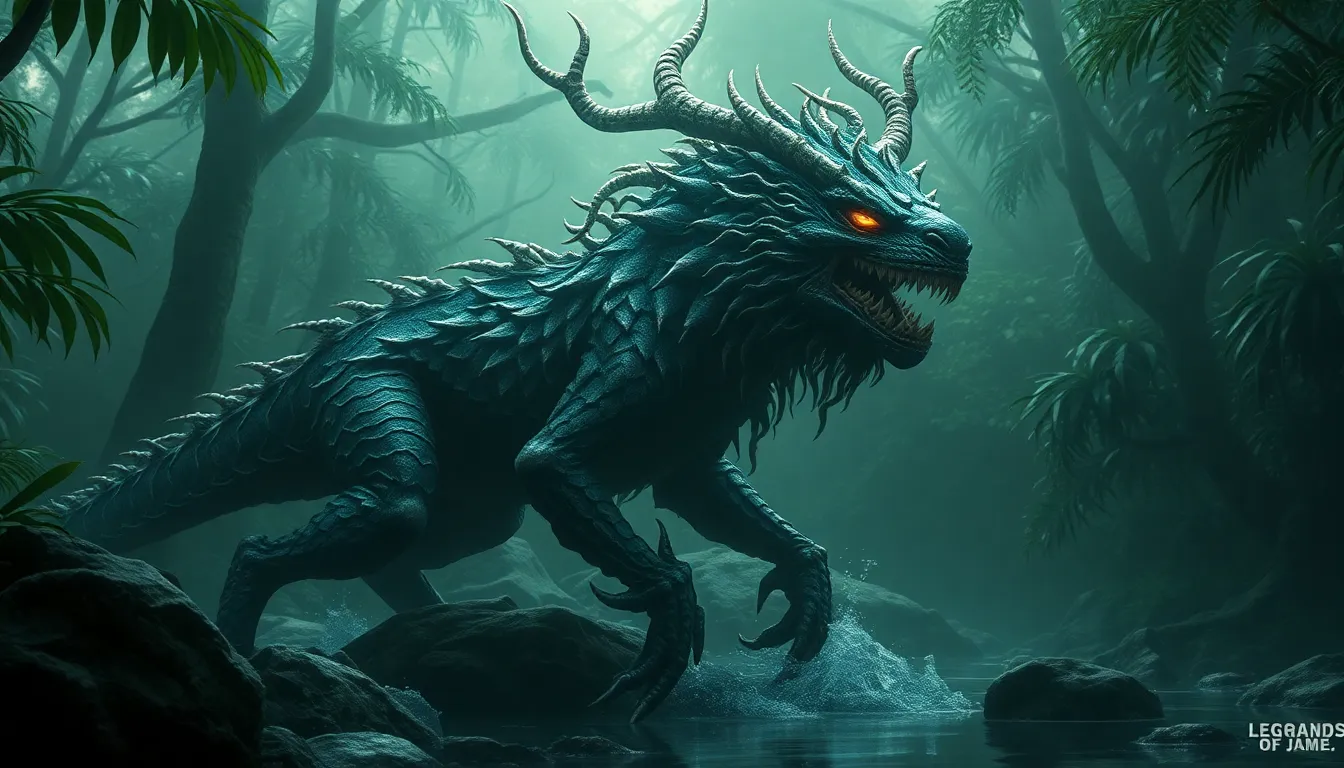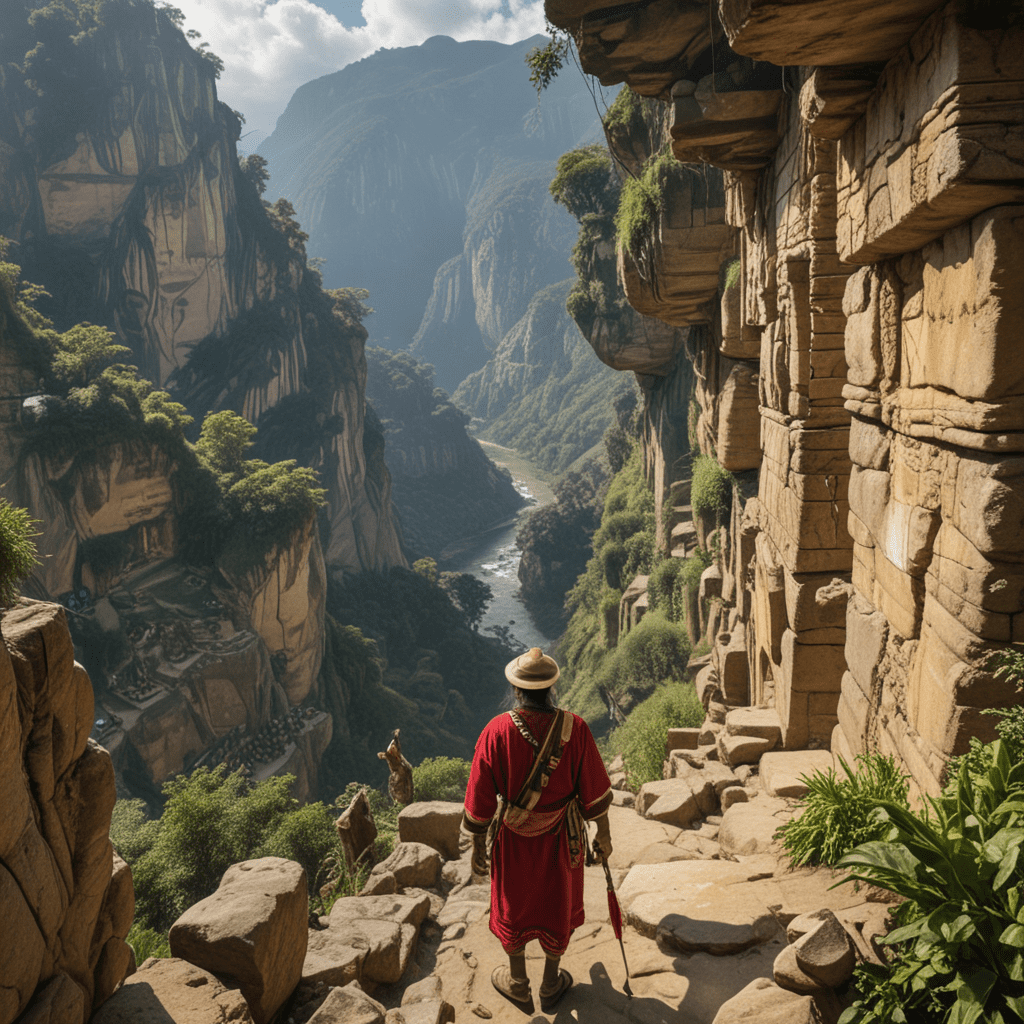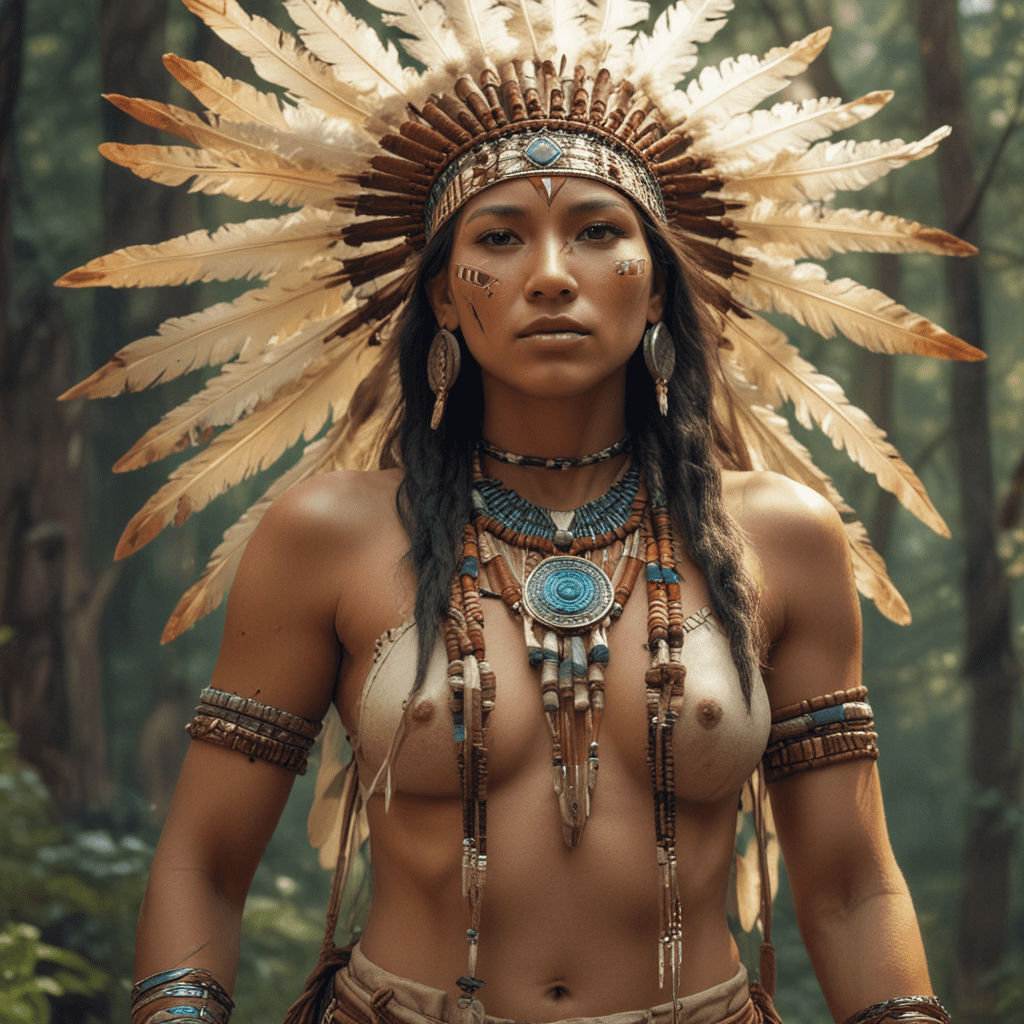Shamanism and Spirituality in South American Mythology
Deeply rooted in the heart of South America's rich cultural heritage, shamanism and spirituality have played an integral role in the belief systems and practices of its indigenous communities. These ancient traditions, passed down through generations, offer a captivating glimpse into the connection between humans, the natural world, and the supernatural realm.
1. Historical Roots and Origins
The origins of shamanism in South America can be traced back to prehistoric times, with evidence of these practices found in archaeological sites and ancient cave paintings. Shamans, known as medicine men or women, emerged as intermediaries between the human and spirit worlds, serving as healers, spiritual guides, and protectors within their communities.
2. The Role of the Shaman
Central to South American spiritual traditions is the revered figure of the shaman. In indigenous cultures, shamans are individuals believed to possess extraordinary abilities to access the spirit world, communicate with supernatural entities, and harness unseen powers for healing, divination, and guidance.
3. Spirit Guides and Animal Totems
Shamanic beliefs in South America often involve the concept of spirit guides and animal totems. Spirit guides are believed to protect and assist individuals, while animal totems embody specific characteristics and traits that influence a person's life journey and spiritual development.
4. Altered States of Consciousness
To access the spirit world, shamans often induce altered states of consciousness through various techniques such as chanting, drumming, dancing, or the consumption of psychoactive substances. These altered states allow shamans to transcend the physical realm and communicate directly with spirits.
5. Rituals and Ceremonies
Rituals and ceremonies hold immense significance in South American shamanism and spirituality. Elaborate ceremonies, such as healing rituals and spirit quests, are conducted by shamans to treat illnesses, facilitate spiritual transformation, or mark important life events. These ceremonies often involve music, dance, and the use of sacred objects, creating a potent and immersive spiritual experience.
6. Healing Practices
Shamanism in South America places a strong emphasis on healing practices. Shamans are believed to possess the knowledge and techniques to cure illnesses, both physical and spiritual, through traditional methods such as herbal remedies, massage, and energy work. Healing rituals often involve the use of sacred chants, drumming, and the invocation of spirit guides.
7. Mythological Beings and Supernatural Entities
South American mythology is rich in supernatural beings and entities, each holding a distinct role and significance in the belief systems of indigenous communities. These entities range from benevolent nature spirits and guardian deities to powerful demons and tricksters. Shamans often interact with these beings during altered states of consciousness, seeking their guidance or assistance in healing rituals and spiritual quests.
8. Indigenous Beliefs and Storytelling
Shamanism and spirituality are deeply intertwined with the indigenous beliefs and storytelling traditions of South America. Myths, legends, and creation stories are passed down through generations, providing a rich tapestry of knowledge about the origin of the world, the nature of the supernatural realm, and the role of humans within it. These stories often reflect the values, beliefs, and spiritual practices of the indigenous communities.
9. Influence on Contemporary Spirituality
The spiritual traditions of South American shamanism continue to influence contemporary spirituality both within and beyond the region. Many modern spiritual practices, such as energy healing, meditation, and nature-based spirituality, draw inspiration from ancient shamanic beliefs and practices. The wisdom and teachings of South American shamans offer valuable insights into the interconnectedness of all living beings and the importance of living in harmony with the natural world.
10. Cross-Cultural Perspectives
Cross-cultural perspectives on South American shamanism and spirituality provide valuable insights into the diversity of spiritual beliefs and practices around the world. Comparative studies and interfaith dialogues foster understanding and appreciation for the unique contributions of different cultures to the field of spirituality. Engaging with non-indigenous perspectives helps broaden our understanding of the human spiritual experience and promotes cross-cultural respect and cooperation.
FAQ
What is the main role of a shaman in South American spirituality?
Shamans are revered intermediaries between the human and spirit worlds, serving as healers, spiritual guides, and protectors within their communities.
How do shamans access the spirit world?
Shamans induce altered states of consciousness through techniques such as chanting, drumming, dancing, or the consumption of psychoactive substances.
What are spirit guides and animal totems in shamanism?
Spirit guides are believed to protect and assist individuals, while animal totems embody specific characteristics and traits that influence a person's life journey and spiritual development.
How does shamanism influence contemporary spirituality?
Shamanic beliefs and practices continue to influence modern spiritual practices, such as energy healing, meditation, and nature-based spirituality.
What is the significance of indigenous beliefs and storytelling in shamanism?
Myths, legends, and creation stories passed down through generations provide a rich repository of knowledge about the origin of the world, the nature of the supernatural realm, and the role of humans within it.



